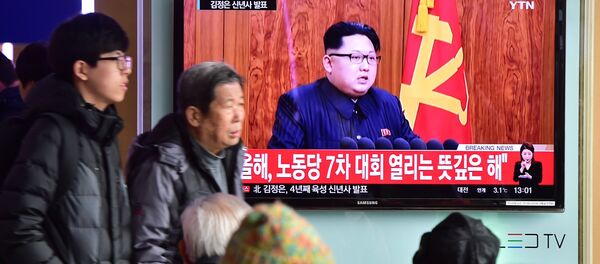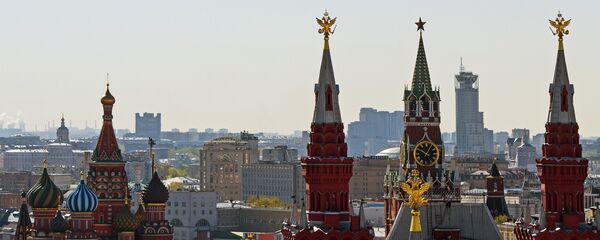Early on Wednesday morning, weather stations in South Korea and China detected an earthquake in North Korea’s northeast. According to the government in Pyongyang, that event was the result of a new hydrogen bomb test.
"This test, which relied 100% on our wisdom, our technology and our power, we have proved the accuracy of the technological resources behind our newly developed test hydrogen bomb," the official statement from Pyongyang reads. "We have also proved scientifically the power of miniaturized hydrogen bombs."
Experts indicate that the earthquake does appear consistent with nuclear tests conducted by Pyongyang in 2013, 2009, and 2006. Those tests were said to involve atomic devices, making this the first time North Korean officials have claimed to have developed the more powerful H-bomb.
But according to preliminary data gather by the Comprehensive Nuclear-Test-Ban Treaty Organization (CTBTO), Wednesday morning’s quake was weaker in magnitude than that caused by the 2013 nuclear test.
CTBTO Executive Secretary Lassina Zerbo said that the seismic event appeared to have been a "slight down in terms of magnitude," according to Reuters. While he estimated Wednesday’s quake to be a magnitude 4.8 to 4.9, 2013’s measured 5.1.
This would seem to lend credence to doubts about North Korea’s claims. The White House has already expressed skepticism, saying its initial data analysis appears inconsistent with a hydrogen bomb test, according to White House press secretary Josh Earnest.
South Korea’s National Intelligence Service has also expressed doubt, saying North Korea may have in fact tested another atomic bomb, according to the Associated Press. These estimations were based primarily on the relatively small magnitude of the earthquake.
Speaking to AP, South Korean lawmaker Lee Cheol Woo said that a 4.8 magnitude quake would be the result of an explosive with a yield of roughly 6 kilotons. This is smaller than the 7.9 kiloton yield estimated in 2013’s test, and significantly smaller than the hundreds of kilotons that would be produced by a successful hydrogen bomb test.
The National Intelligence Service also told Lee that even a failed H-bomb would yield tens of kilotons.
"I’m pretty skeptical," said Melissa Hanham, senior researcher at the James Martin Center for Nonproliferation Studies at the Middlebury Institute for International Studies, according to AP. "The seismic data indicates it would be very small for a hydrogen test."
No matter the type of nuclear bomb, the United Nations Security Council announced on Wednesday that it may pursue additional sanctions against Pyongyang for violating international law.
"While we cannot confirm at this time that a test was carried out, we condemn any violation of UNSC resolutions and again call on North Korea to abide by its international obligations and commitments," Hagar Chemali, a spokeswoman for the American mission, told Reuters.





